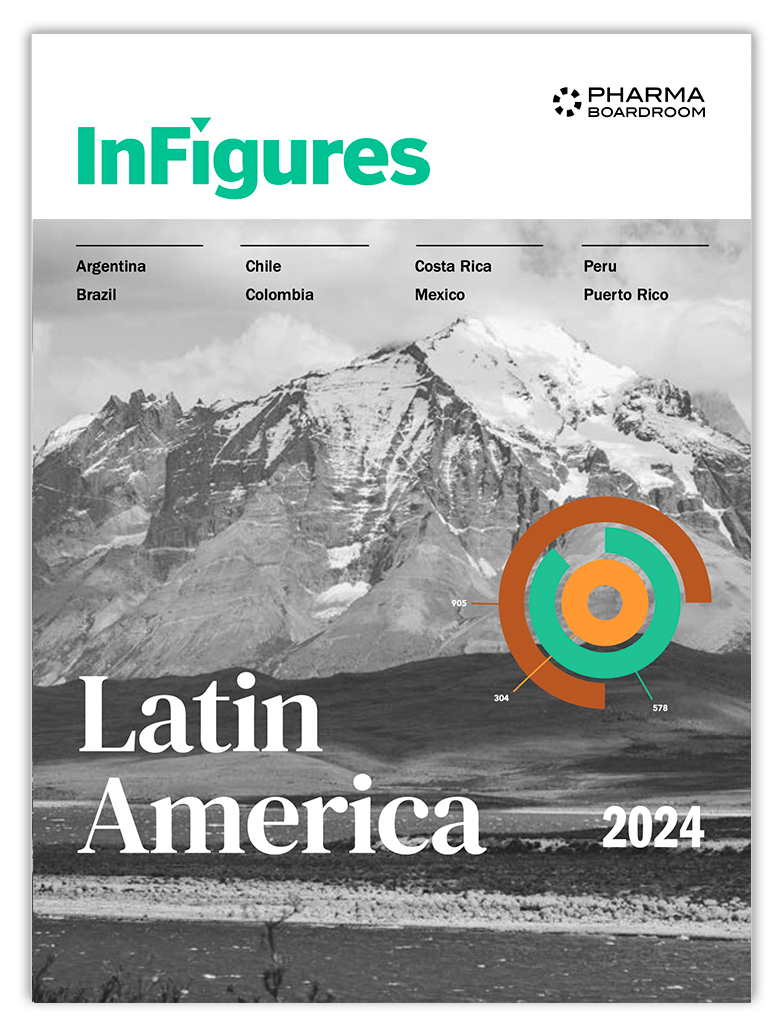Johnson & Johnson has been building its medtech arm and creating a differentiated pipeline through strategic M&A, an approach that generated USD 30.4 billion in medical device sales last year, representing growth of 12.4 percent. The company has now acquired Shockwave Medical, bringing its IVL technology on board for USD 13.1 billion.
Following the close of the transaction, Johnson & Johnson MedTech will be a category leader in four high-growth cardiovascular segments
Boosting Medtech
Since J&J offloaded its consumer health division Kenvue last August, the American healthcare giant has made some tactical medtech M&A moves that have already paid off. The heart pump maker Abiomed it bought out for USD 16.6 billion in 2022 contributed no less than 4.7 percent of 2023’s medtech growth while sales across J&J’s medtech operations generated USD 30.4 billion, representing 35 percent of the group’s total revenues.
At the end of last year, the company said it planned even further expansion into high-growth medtech markets by enhancing its cardiovascular portfolio, something it has pursued through the acquisition of Laminar, an innovator in left atrial appendage elimination for patients with non-valvular atrial fibrillation (AFib), for USD 400 million. And J&J has now purchased Shockwave Medical, a maker of medical devices able to break up calcium deposits in coronary arteries using intravascular lithotripsy (IVL), for USD 13.1 billion.
“The acquisition of Shockwave and its leading IVL technology provides a unique opportunity to accelerate our impact in cardiovascular intervention and drive greater value for patients, shareholders and health systems,” Joaquin Duato, Chairman and Chief Executive Officer of Johnson & Johnson asserted.
With the new acquisition the firm will further strengthen its foothold in cardiovascular intervention, and in areas with significant unmet needs that still offer room for growth, such as heart failure. Company CFO Joe Wolk said that both Shockwave and Abiomed are in “significantly under-penetrated segments, less than 10 percent today, and we intend to invest for growth.”
These new additions to J&J’s medtech portfolio have served to enhance its current cardiovascular intervention capabilities. “These acquisitions complement and build on Johnson & Johnson’s established global leadership position,” the company said in a statement. “Following the close of the transaction, Johnson & Johnson MedTech will be a category leader in four high-growth cardiovascular segments.”
Pharma Remains Significant
Johnson & Johnson’s increased emphasis on medical technology may have brought the business to the fore, ahead of its pharma and diagnostics businesses, yet J&J has by no means abandoned its innovative drug portfolio and said at the end of 2023 that is was looking to deliver more than 20 novel therapies and more than 50 product expansions by 2030.
The company has been on the lookout for M&A opportunities there too and last month acquired the Ambrx Biopharma in a USD 2 billion to enhance it oncology pipeline.
The move strengthens the firm’s position in antibody drug conjugates (ADCs), giving J&J the opportunity to develop and commercialize targeted oncology therapies using Ambrx’s proprietary antibody–drug conjugates (ADC) technology. The breakthrough technology combines monoclonal antibodies with chemotherapeutic agents with the objective of targeting cancer cells more effectively and with fewer side effects than traditional chemotherapy.
“ADCs are transforming the solid tumor treatment paradigm by leveraging antibody-antigen interactions to release cytotoxic payload directly to tumor cells,” said Biljana Naumovic, the company’s worldwide VP of Oncology. “This acquisition underscores our ambition to deliver enhanced, precision biologics to transform the treatment of cancers, including prostate cancer.”
J&J’s commitment to its pharma division, and the oncology area have also been seen through the recent FDA approval of its Rybrevant (amivantamab-vmjw) for use in conjunction with chemotherapy for non-small cell lung cancer (NSCLC) patients.



